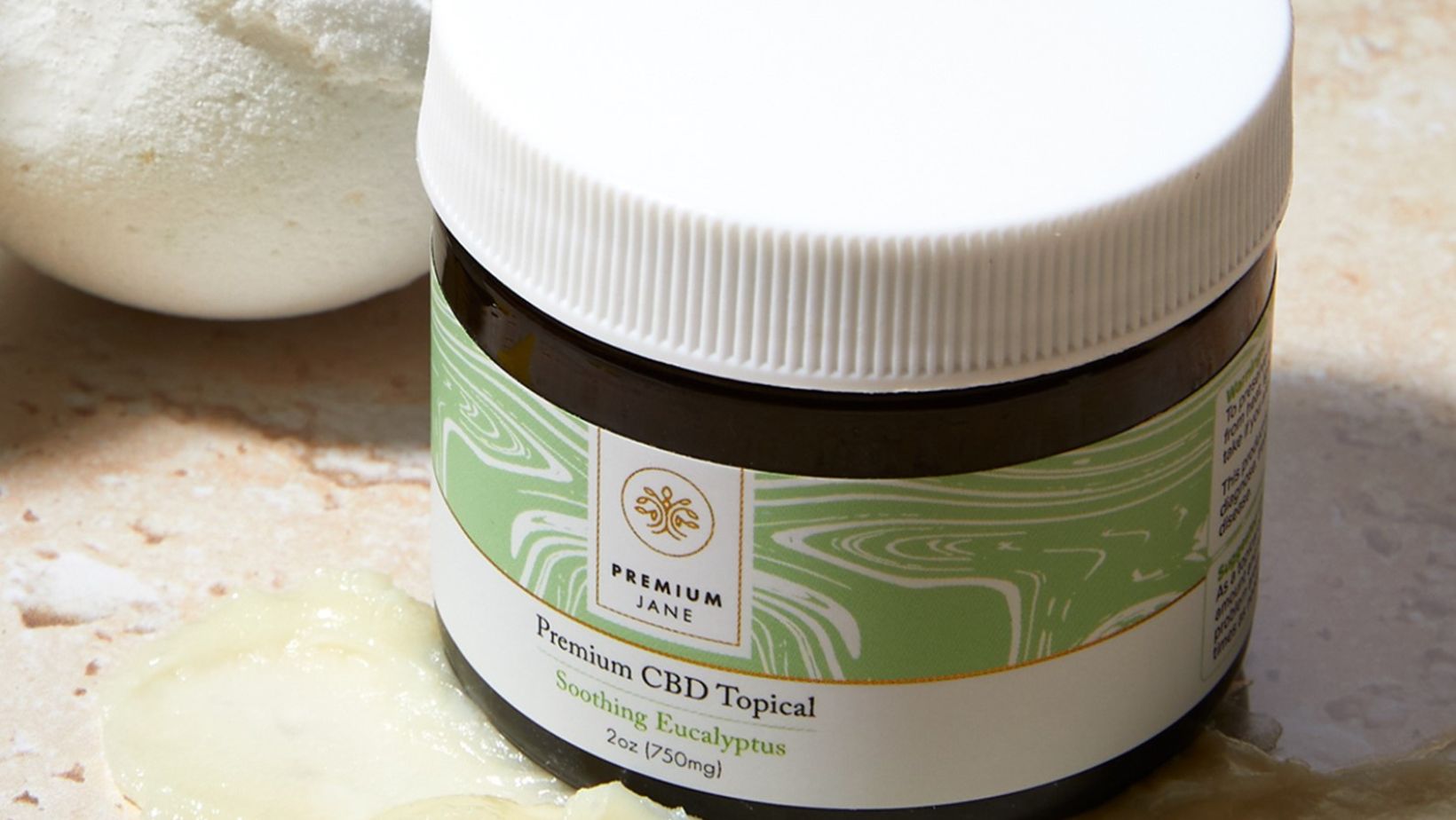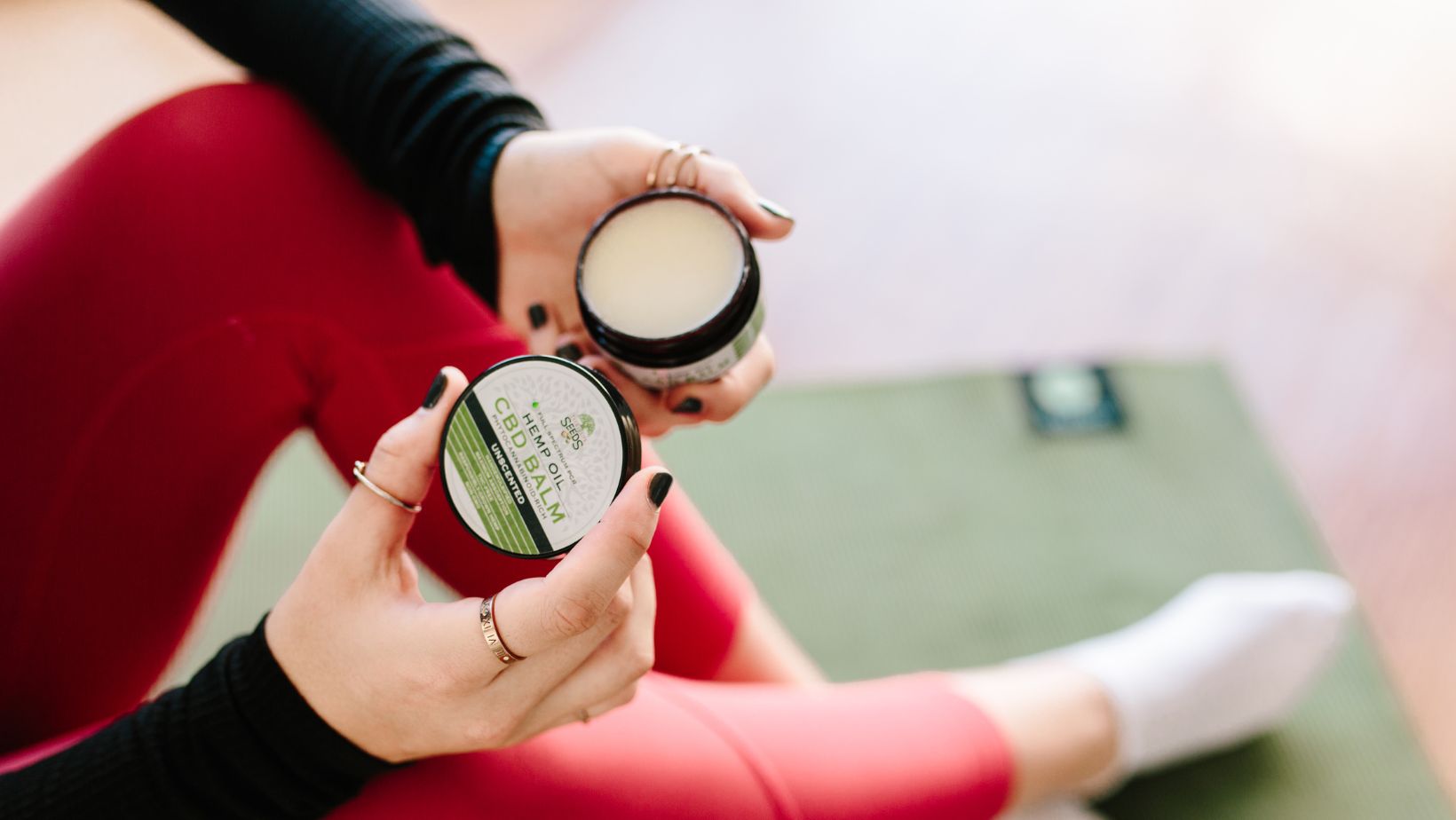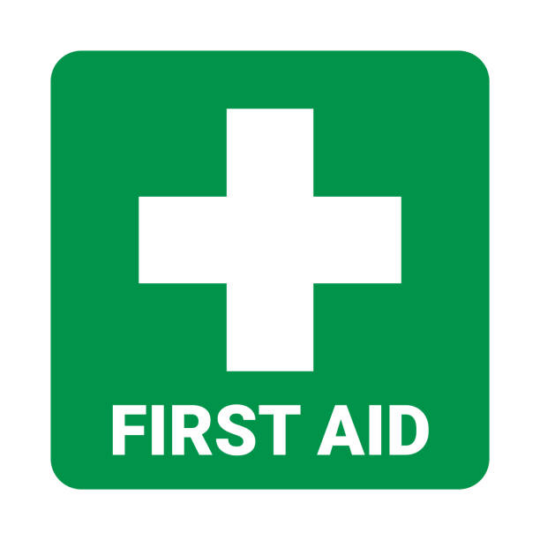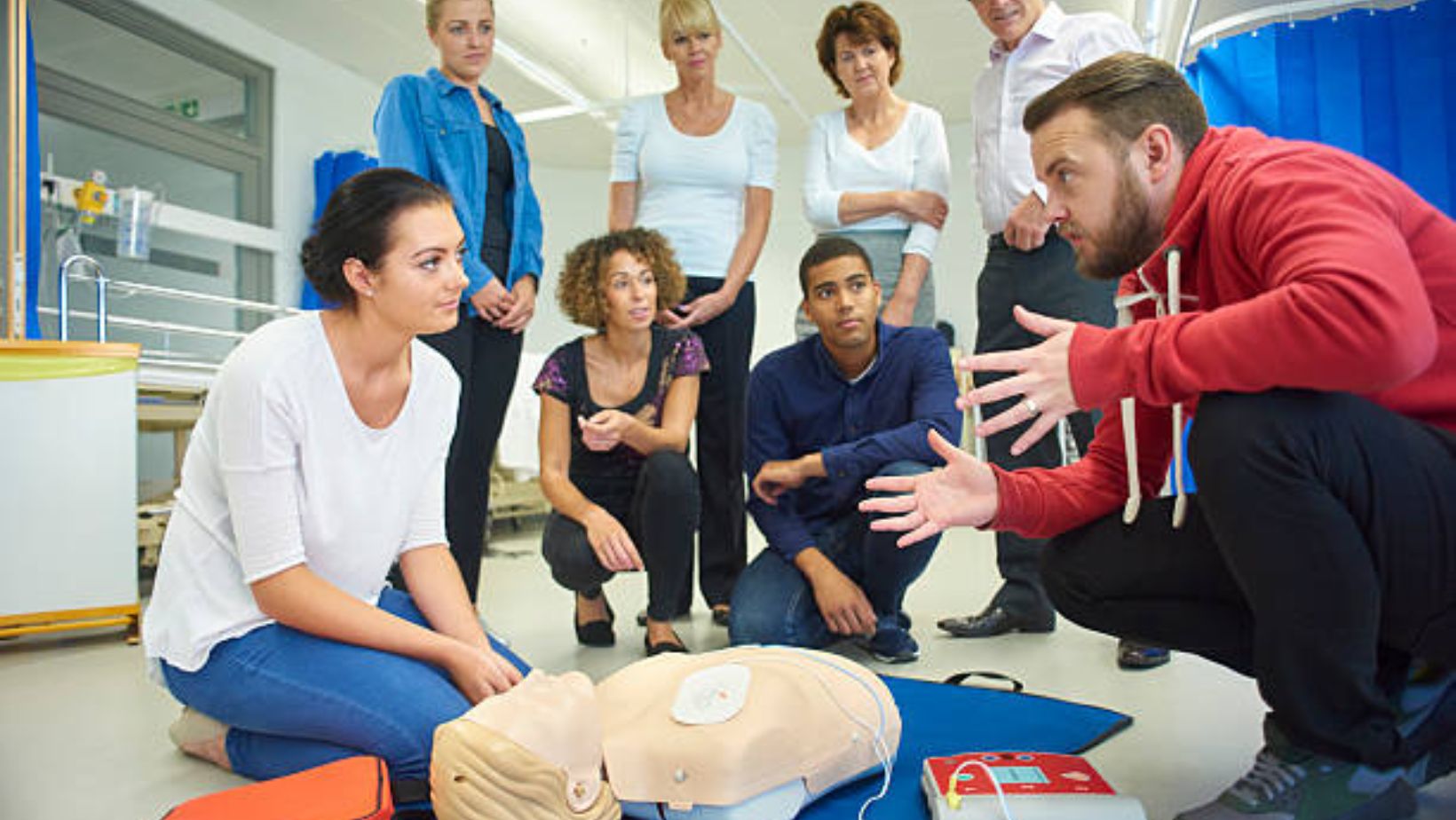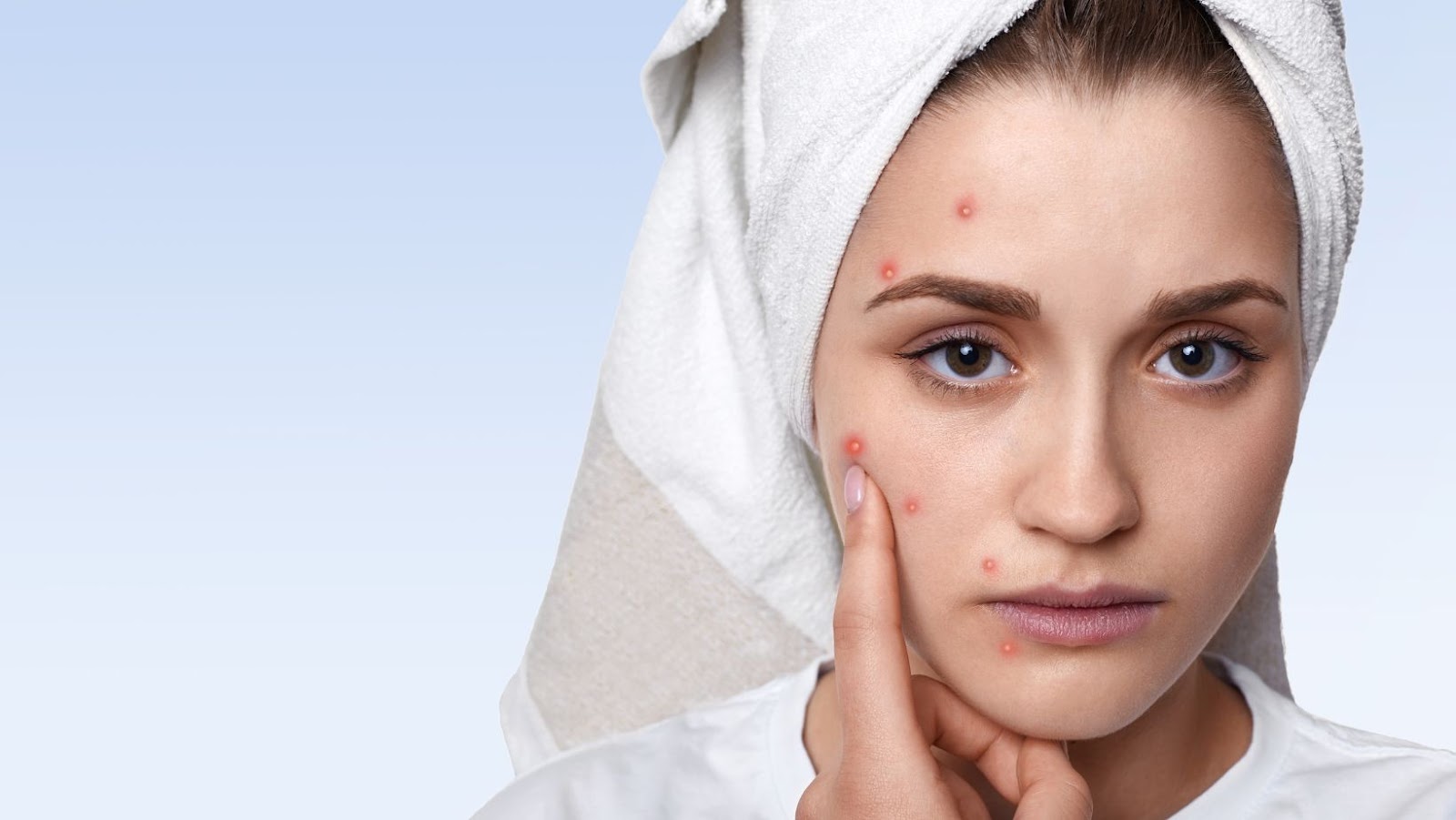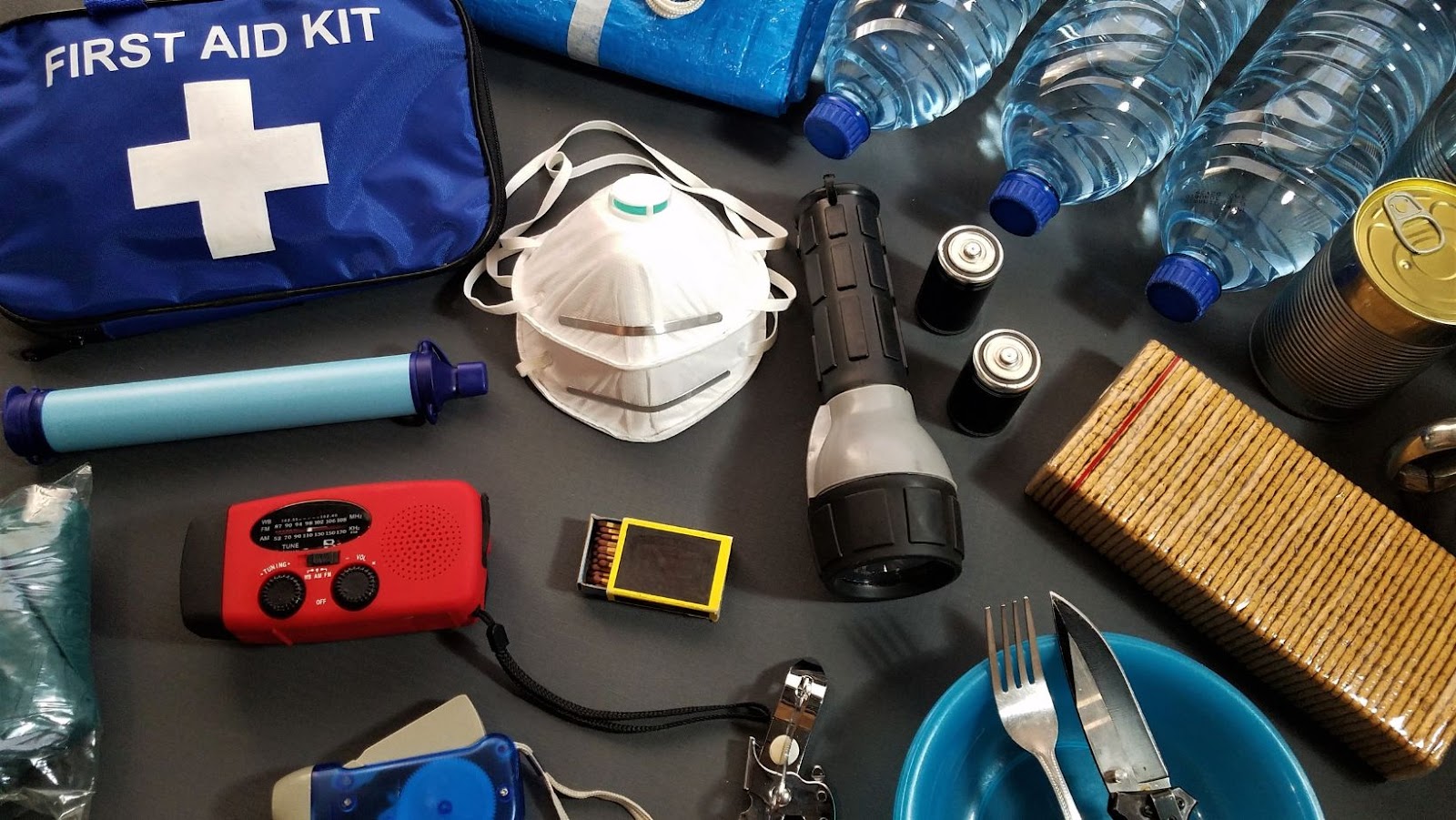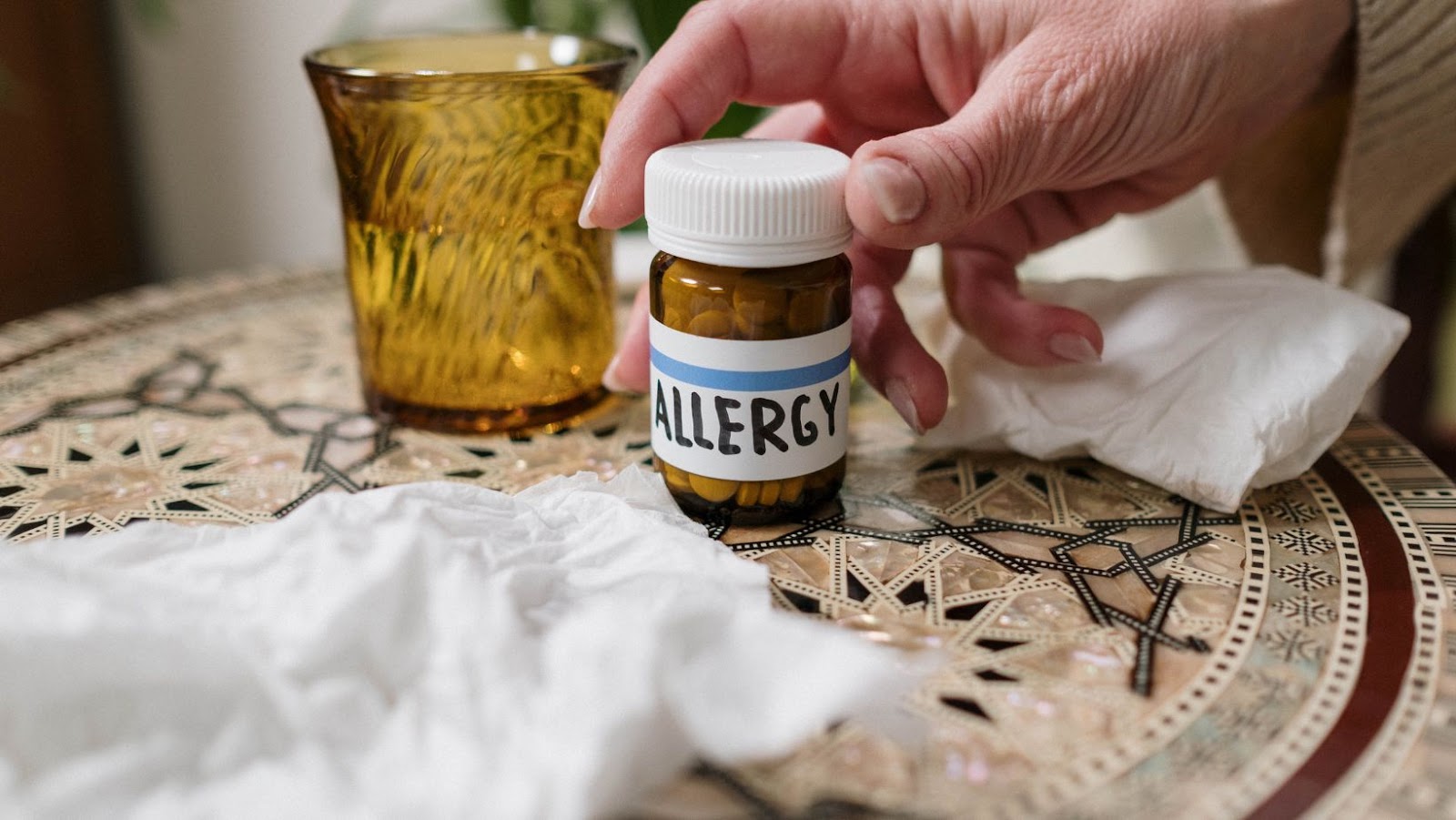
As moms juggle the demands of parenting, it’s essential not to neglect self-care, particularly when it comes to skincare. With age, our skin undergoes changes that require extra attention and care. In this article, we will explore the perfect skincare routine tailored specifically for moms over 40. By following these steps, you can revitalize your skin, restore its youthful glow, and feel confident in your own skin.
Step 1: Cleansing and Exfoliating
Begin your skincare routine by cleansing your face with a gentle cleanser suitable for your skin type. Look for ingredients like hyaluronic acid and antioxidants to boost hydration and combat signs of aging. Exfoliation is vital to remove dead skin cells and promote cell turnover. Opt for a mild exfoliant with alpha hydroxy acids (AHAs) or enzymes, which will leave your skin smoother and more radiant.
Step 2: Hydration and Nourishment
After cleansing, it’s time to replenish your skin’s moisture and provide essential nutrients. Choose a hydrating serum packed with antioxidants, vitamins, and peptides to combat fine lines and promote collagen production, like the Blue Lagoon face skin products, for example.

Follow it up with a rich moisturizer containing hyaluronic acid to lock in moisture and improve elasticity. Don’t forget to include a separate eye cream to target delicate under-eye skin concerns such as dark circles and puffiness.
Step 3: Targeted Treatments
To address specific skin concerns like hyperpigmentation, age spots, or wrinkles, incorporate targeted treatments into your routine. Retinol, a form of vitamin A, can help stimulate collagen production and reduce the appearance of fine lines. Vitamin C serums are excellent for brightening the skin and fading dark spots. Consider using a facial oil with ingredients like rosehip or argan oil to provide additional nourishment and promote a healthy complexion.
Step 4: Sun Protection
Protecting your skin from harmful UV rays is crucial at any age. Apply a broad-spectrum sunscreen with at least SPF 30 every day, even during cloudy days. Look for formulas that offer both UVA and UVB protection. Additionally, wearing a wide-brimmed hat and sunglasses when outdoors can provide extra defense against sun damage and premature aging.
Step 5: Embrace a Healthy Lifestyle
In addition to a consistent skincare routine, adopting a healthy lifestyle can greatly enhance the overall appearance and vitality of your skin. Pay attention to your diet, incorporating nutrient-rich foods like fruits, vegetables, whole grains, and lean proteins.

Stay hydrated by drinking an adequate amount of water throughout the day. Regular exercise helps promote healthy blood circulation, which contributes to a glowing complexion. Ensure you get sufficient sleep to allow your skin to rejuvenate and repair. Lastly, manage stress levels through relaxation techniques, such as meditation or engaging in hobbies you enjoy. A holistic approach to skincare will complement your routine and contribute to a youthful appearance.
By following this tailored skincare routine, moms over 40 can enjoy rejuvenated, healthy, and radiant skin. Embrace self-care and embrace your natural beauty.




